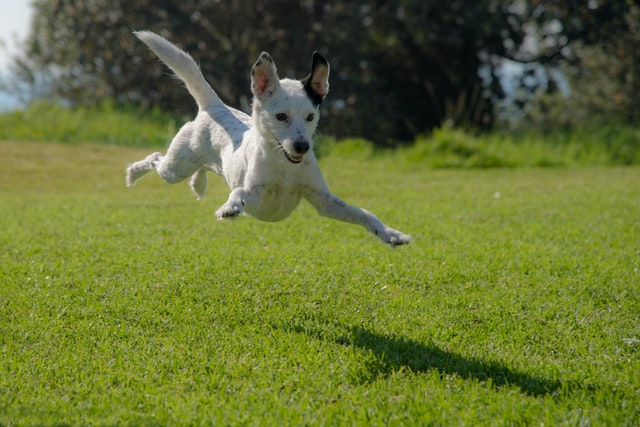
Introduction:
Pet owners often encounter situations where their furry friends may experience allergies, itching, or other allergic reactions. In such cases, Benadryl is a common over-the-counter medication that is sometimes recommended for dogs. However, the Safe Use of Benadryl for dogs pet owners must understand the appropriate dosage and potential risks associated with giving Benadryl to their dogs.
The Purpose of Benadryl for Dogs:
Benadryl, also known by its generic name diphenhydramine, is an antihistamine that can help alleviate symptoms such as itching, sneezing, and other allergic reactions in dogs. Veterinarians may recommend Benadryl for various conditions, including environmental allergies, insect bites, and mild cases of motion sickness.
Dosage Guidelines:
Determining the correct dosage of Benadryl for your dog is essential to ensure their safety. The general guideline is to administer 1 mg of Benadryl per pound of body weight. However, it is crucial to consult with your veterinarian before giving any medication to your pet, as they can provide personalized advice based on your dog’s specific health condition and medical history.
Potential Risks and Precautions:
While Benadryl is generally considered safe for dogs when administered at the correct dosage, there are potential risks and precautions to be aware of. Some dogs may experience side effects such as drowsiness, dry mouth, or gastrointestinal upset. Additionally, certain medical conditions and medications may interact negatively with Benadryl. Always consult with your veterinarian to rule out any contraindications.
It’s important to note that using Benadryl to treat severe allergic reactions or anaphylaxis in dogs is not recommended. In such cases, immediate veterinary attention is necessary.
Administering Benadryl to Dogs:
Benadryl is available in various forms, including tablets, capsules, and liquid. The form you choose depends on your dog’s preferences and the advice of your veterinarian. Administering Benadryl with food can help reduce the risk of stomach upset.
Conclusion:
In conclusion, Benadryl can be a useful tool for managing certain allergic reactions and symptoms in dogs when used responsibly and under the guidance of a veterinarian. Always consult with your vet to determine the correct dosage and address any concerns or potential risks associated with giving Benadryl to your furry friend. By being informed and proactive, pet owners can help ensure the well-being of their dogs in times of allergic distress.
Fatal diphenhydramine poisoning in a dog







